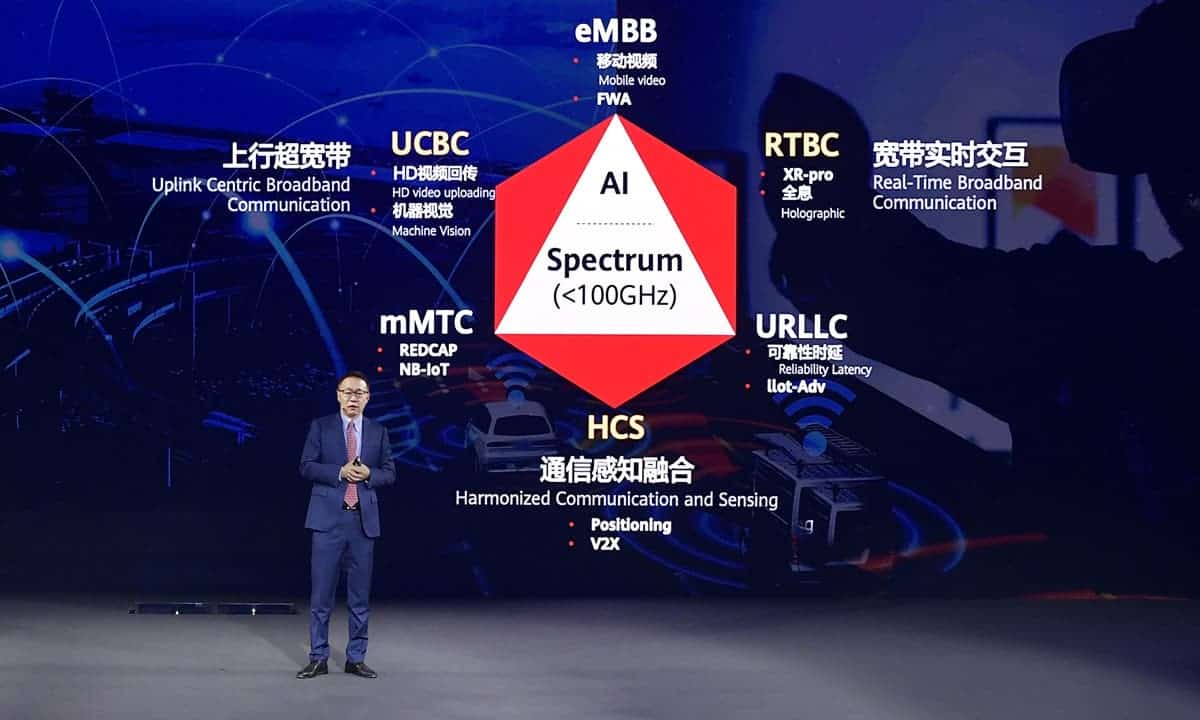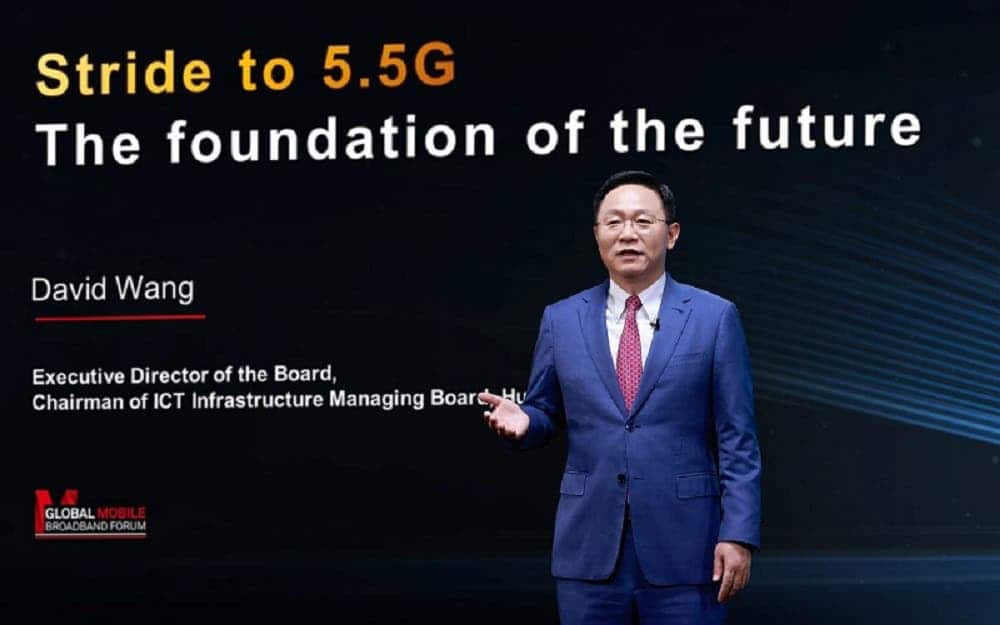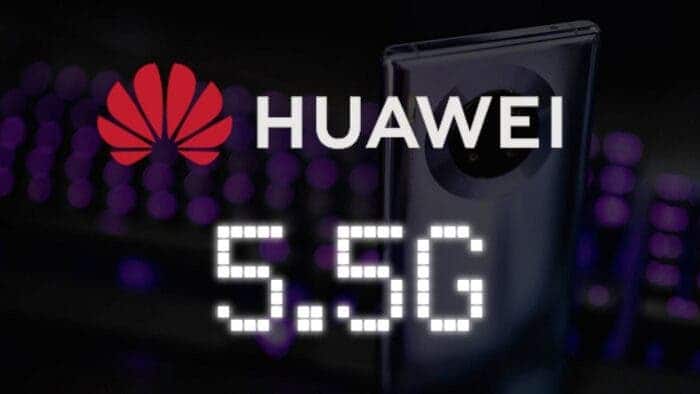While 5G continues to attract more and more users from all over the world, its upgrade, formally known as 5.5G, is developing at a breakneck pace. The promises are also alluring, to say the least. The offered speeds will be 10 times faster than those of 5G on average. And reach 10 Gbps in downloading content.
Huawei announced that 5G has now reached the milestone of 700 million users worldwide during the Global Mobile Forum, which is currently taking place in Bangkok, Thailand. The Chinese company’s chairman of the board of directors, Ken Hu, used the occasion to reveal 5.5G. It’s the upcoming significant network update.
“The Global Mobile Broadband Forum 2022 is hosted by Huawei, together with its industry partners GSMA and GTI. This annual forum gathers mobile network carriers, vertical industry leaders, and ecosystem partners from around the world. To discuss how to make 5G a commercial success and other hot topics like green development, intelligence, and 5G evolution”.
David Wang, executive director of Huawei, will return to discuss the technology in more detail. And provide an update on the project’s status. We couldn’t believe what David Wang said: 5G will be 10 times slower than 5.5G. So that will cause the speedometer to jump significantly compared to the technology available since 2020.
5.5G: the foundation of the future

“The rapid changes we are set to experience will all be accompanied by increasing requirements for digital infrastructure. With the intelligent world fast approaching. The next milestone we must hit on the path to the intelligent world is 5.5G. 5.5G will deliver 10 Gbit/s experiences, support hundreds of billions of connections, and help us achieve native intelligence”.
Thus, according to David Wang, the 5.5G offers will be able to provide speeds of up to 10 Gbps. Thanks to a network made up of 100 billion connections and based on endogenous intelligence. It’s an improved form of artificial intelligence, using specific hardware. David Wang explains that even if the technology is still in development. It has already reached a number of encouraging milestones.
“The communications industry is constantly evolving. 5.5G is the next evolution. Looking ahead, our task is to tackle these five new areas – standards, spectrum, products, ecosystems, and applications. Together, let’s stride to 5.5G and build a better, intelligent world,” said Wang.
The next network tech evolution is here
First off, standardization is already well along the way. In the meantime, tech advancements have been implemented, and the 10 Gbps goal has been accomplished. Finally, since the three technologies are now compatible, the integration of connected objects (Internet of Things) is on point.

“Standards steer the mobile communications industry and will guide the 5.5G industry forward along a clearly defined path. We must work to ensure that Release 18 is frozen by Q1 2024, as planned. And will help 5.5G networks deliver 10 times better performance. Regarding Release 19 and beyond, we should come together to explore what 5.5G will require. In order to support new services and scenarios as we continue to refine 5.5G standards. This will both maximize the potential of 5.5G and extend its lifecycle”.
David Wang stated that “the communications industry is constantly changing.” “5.5G has increased its gear. The following five new areas need full attention: standards, spectrum, products, ecosystems, and applications”.
“We should fully utilize sub-100 GHz resources to build ultra large bandwidth. mmWave is a key frequency band for 5.5G. Operators will need to acquire over 800 MHz of spectrum from this band. If they are to realize 10 Gbit/s experiences. 6 GHz is also a potential ultra wide band for 5.5G. When 6 GHz is available as an IMT band at WRC-23. It is likely that countries will need to auction off the 6 GHz spectrum. We can also refarm the sub 6 GHz spectrum to achieve ultra large bandwidth for 5.5G”.






If it’s just a matter of bitrate, it’s the same 5G, with just more speed. No difference with 5G in an essence. Just a new hyping term.